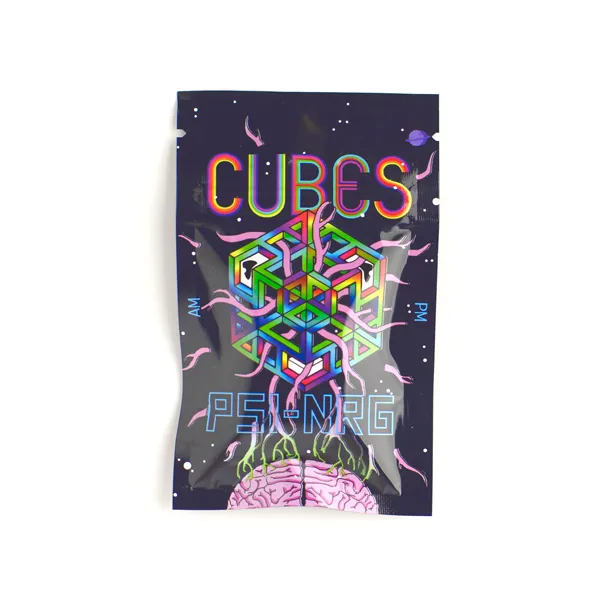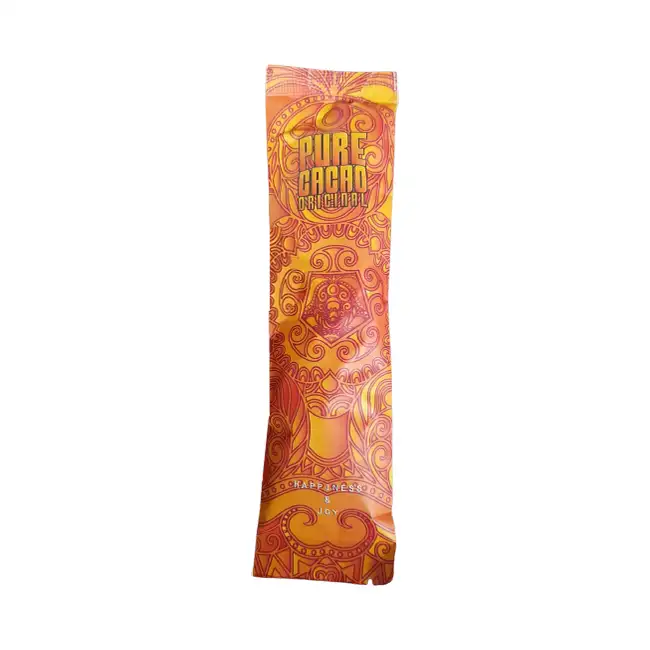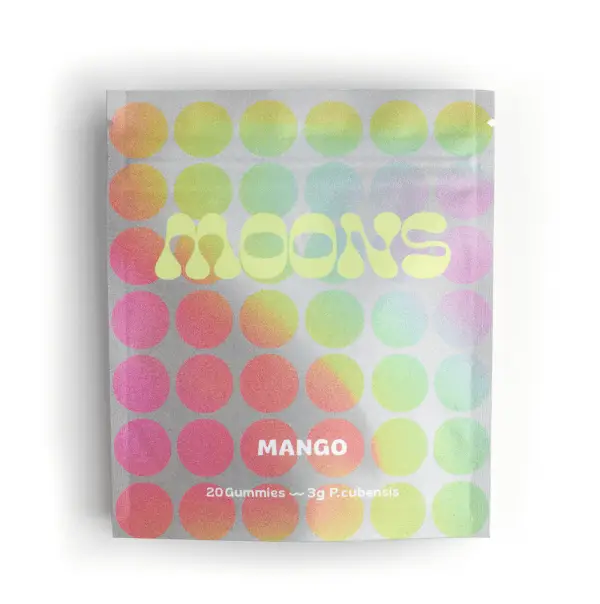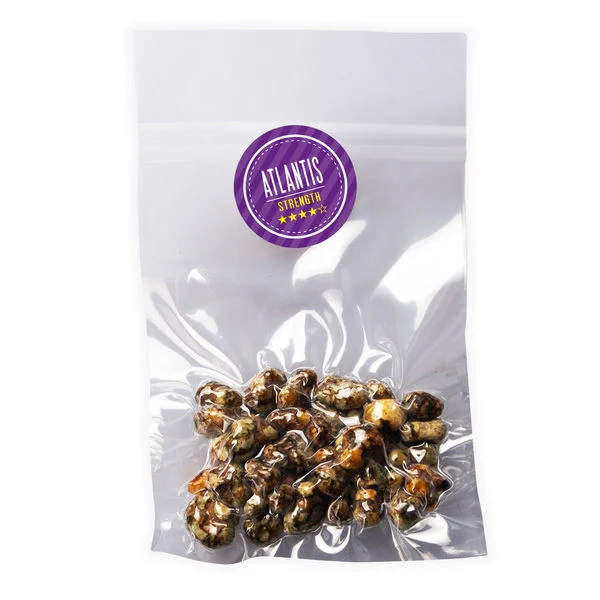In recent years, the practice of microdosing magic mushrooms has garnered significant attention for its potential to enhance cognitive function, creativity, and emotional well-being. This method entails the consumption of very small doses of psychedelics, a fraction of what one would take to experience a full psychedelic effect. The growing curiosity and anecdotal evidence surrounding microdosing have sparked a movement among those seeking alternative methods to improve their quality of life and mental health. As microdosing moves from the fringes to the forefront of psychopharmacology discussions, understanding its benefits, risks, and proper protocols becomes crucial.
This article aims to provide a comprehensive guide on how to microdose magic mushrooms, covering essential aspects from the fundamentals of microdosing, its potential benefits, and the risks involved to the best practices for those considering this practice. As we delve into the nuances of microdosing magic mushrooms, readers will gain insights on how to microdose magic mushrooms safely, the potential side effects, and the ways to maximize the benefits while minimizing risks. Whether you are new to the concept of micro dosing magic mushrooms or looking to refine your approach, this guide seeks to equip you with the knowledge needed for a responsible and informed exploration of microdosing.
What is Microdosing?
Definition and Background
Microdosing involves the consumption of sub-hallucinogenic doses of psychedelic substances such as lysergic acid diethylamide (LSD) or psilocybin-containing mushrooms [12]. This practice has seen a rise in popularity, evidenced by the growing number of users in online communities and increasing media attention [12]. Despite its growing popularity, the scientific community remains divided on whether the perceived benefits are due to the substance’s effects or are merely placebo [11]. Historically, microdosing has roots going back to the 1960s when substances like LSD were explored for their cognitive-enhancing properties [7]. Today, it is considered by many as a means to improve mental wellness and cognitive function without experiencing a full psychedelic trip [13][14].
How it Works
Microdosing psychedelics typically involves taking about 5% to 10% of a dose that would cause a hallucinogenic effect [14]. This small dose is believed to be enough to influence the brain’s functioning without causing significant alterations in perception and consciousness [13][14]. Users often follow a regimen where they take a microdose every few days to maintain potential benefits such as enhanced mood and cognitive abilities without building tolerance [8]. The exact mechanism by which these small doses affect cognitive and emotional processing is still under investigation, but it is thought that they interact with serotonin receptors in a way that can enhance neural plasticity and overall brain function [10][15].
Benefits of Microdosing Magic Mushrooms
Improved Creativity and Focus
Microdosing magic mushrooms has been reported to enhance creativity and focus. Individuals have experienced increased divergent thinking, which is a style of thinking that allows many new ideas to be generated. This is evidenced by a significant increase in fluency, flexibility, and originality scores during tasks that measure creative performance [16]. Moreover, users have reported improved convergent thinking, which refers to the ability to provide correct solutions to problems, showing that microdosing can potentially enhance problem-solving skills [16]. These cognitive enhancements are attributed to the action of psilocybin on serotonin receptors, which may improve cognitive flexibility, crucial for creative thinking [16].
Mental Health Benefits
Research indicates that microdosing psilocybin can significantly improve mental health. Users have reported small to medium-sized improvements in symptoms of depression, anxiety, and stress over a 30-day period [19][20]. These benefits are consistent across various demographics, including different ages and genders, and are even noted in individuals with existing mental health concerns [20][21][22]. The consistent observation of enhanced mood and reduced symptoms of psychological disorders highlights the potential of microdosing as a supplementary treatment for mental health issues [19][20][21][22].
Physical Health Benefits
In addition to mental health improvements, microdosing psilocybin has shown positive effects on physical health, particularly in older adults. Studies have found that individuals aged 55 and older who microdosed psilocybin showed improvements in psychomotor performance, which could be crucial in the management of symptoms of neurodegenerative conditions [19][20]. This improvement in psychomotor abilities suggests that microdosing could have broader applications for age-related physical health issues, providing a non-traditional approach to enhancing the quality of life among the elderly [19][20].
Potential Risks and Side Effects
Short-term Risks
One-fifth of all microdosers have reported experiencing psychological or physical negative effects, which were significant enough for some users to stop microdosing altogether. The most common side effects reported are psychological, affecting 9.4% of current microdosers and 10.5% of those who have stopped [25][28]. These side effects typically occur acutely while under the influence of the substance. A small proportion of microdosers, ranging from 1% to 3%, reported that these negative effects lasted for days after dosing [25].
Users should also be aware of the legal risks as most substances used for microdosing are illegal, which could lead to legal consequences. Additionally, drug tests designed to detect these substances can identify even microdoses [26]. Certain individuals may experience increased anxiety, worsened mood, and uncomfortable sensations or feelings. Those with a history of psychotic disorders like bipolar disorder or schizophrenia may find microdosing overly stimulating and potentially harmful [26].
Long-term Risks
The long-term use of psilocybin, the active compound in magic mushrooms, could potentially lead to cardiac valvulopathy or valve damage due to its interaction with serotonin receptors in the heart [27][29]. While occasional use may not pose significant risks, the lack of longitudinal data on routine chronic users makes it difficult to fully understand the long-term effects on the heart [27].
There are also concerns about the inconsistency in the strength, dosage, and origin of psilocybin. The amount of psilocybin in mushrooms can vary significantly, even within the same culture or different fruiting periods, which can lead to unpredictable dosing when microdosing [27]. While pharmaceutical companies have begun producing synthetic versions of psilocybin to standardize dosages, these are typically only available in clinical trials, and the market may contain untested research chemicals being sold as synthetic psilocybin [27].
How to Microdose Magic Mushrooms Safely
Determining the Right Dosage
When initiating a microdosing regimen, it is crucial to start with a minimal dose and adjust as necessary. Typical microdose amounts can be as small as one twentieth of a recreational dose, often equating to 0.1 to 0.5 grams of dried psilocybin mushrooms [35]. This cautious approach allows individuals to gauge their body’s response and avoid overwhelming effects. An accurate scale is essential for ensuring precise dosages, especially when the substance is not pre-measured [31].
Frequency and Consistency
The frequency of microdosing can vary depending on individual goals and responses. One common regimen is the Fadiman protocol, which recommends dosing every three days. This schedule allows users to experience the residual effects of microdosing without building a tolerance [31][32]. Consistency in the microdosing schedule is key to achieving desired outcomes, whether it’s enhancing creativity, managing psychological conditions, or improving cognitive function. It is advised to follow a set routine for at least several weeks to properly assess its effectiveness [31].
Legal Considerations
Understanding the legal status of psilocybin and related substances is fundamental before beginning microdosing. In the United States, psilocybin remains classified as a Schedule I drug under federal law, making it illegal to possess or use [38][39]. However, some local jurisdictions have moved towards decriminalization or have adopted measures that deprioritize law enforcement for possession of small amounts [39]. It is vital to be informed of both local and federal laws to navigate the legal landscape responsibly. In some regions, like Oregon and parts of Canada, regulatory changes have allowed for supervised therapeutic use, which may provide a legal avenue for those seeking to microdose [39].
By adhering to these guidelines on dosage, frequency, and legality, individuals can explore the benefits of microdosing with an informed and cautious approach [31][35][38][39].
Conclusion
Throughout this exploration of microdosing magic mushrooms, we have uncovered the numerous potential benefits ranging from enhanced creativity and focus to significant improvements in mental and physical health. Our investigation has also addressed the importance of understanding the risks and side effects, underscoring the need for caution and responsible use. Emphasizing the nuanced approach necessary for safe practice, we have provided readers with a comprehensive guide to navigate the complexities of microdosing, including dosage, frequency, and legal considerations.
Reflecting on these discussions, it becomes clear that while microdosing presents a promising frontier in psychopharmacology and well-being, it also requires a balanced appreciation for its potential impacts and challenges. As the scientific and legal landscapes evolve, further research and informed dialogue will be crucial in shaping the responsible integration of microdosing into mental health practices and personal growth strategies. Ultimately, armed with knowledge and understanding, individuals can make well-informed decisions about incorporating microdosing into their quest for enhanced well-being and cognitive performance.
References
[1] – https://www.joyous.team/blog/guide-on-how-to-microdose
[2] – https://www.amazon.co.uk/Microdosing-Psilocybin-Mushrooms-Essential-Medicinal/dp/1922940070
[3] – https://www.dazeddigital.com/life-culture/article/56672/1/start-microdosing-mushrooms-a-guide-psilocybin-psychedelics
[4] – https://www.ncbi.nlm.nih.gov/pmc/articles/PMC6364961/
[5] – https://www.nature.com/articles/s41398-022-02039-0
[6] – https://www.health.harvard.edu/blog/the-popularity-of-microdosing-of-psychedelics-what-does-the-science-say-202209192819
[7] – https://www.joyous.team/blog/guide-on-how-to-microdose
[8] – https://www.dazeddigital.com/life-culture/article/56672/1/start-microdosing-mushrooms-a-guide-psilocybin-psychedelics
[9] – https://www.amazon.co.uk/Microdosing-Psilocybin-Mushrooms-Essential-Medicinal/dp/1922940070
[10] – https://www.health.harvard.edu/blog/the-popularity-of-microdosing-of-psychedelics-what-does-the-science-say-202209192819
[11] – https://www.nytimes.com/2022/02/28/well/mind/microdosing-psychedelics.html
[12] – https://harmreductionjournal.biomedcentral.com/articles/10.1186/s12954-019-0308-4
[13] – https://www.medicalnewstoday.com/articles/microdosing-definition-benefits-and-risks
[14] – https://www.verywellmind.com/microdosing-definition-effects-uses-risks-legality-5076107
[15] – https://www.ncbi.nlm.nih.gov/pmc/articles/PMC3148612/
[16] – https://www.ncbi.nlm.nih.gov/pmc/articles/PMC6267140/
[17] – https://www.ceros.com/inspire/originals/microdosing-creativity/
[18] – https://www.ncbi.nlm.nih.gov/pmc/articles/PMC10350723/
[19] – https://www.healthline.com/health-news/microdosing-psilocybin-mushrooms-may-improve-mental-health-and-mood
[20] – https://www.medicalnewstoday.com/articles/microdoses-of-psychedelic-mushrooms-may-improve-mood-and-mental-health
[21] – https://www.health.harvard.edu/blog/the-popularity-of-microdosing-of-psychedelics-what-does-the-science-say-202209192819
[22] – https://www.nature.com/articles/s41598-021-01811-4
[23] – https://www.ncbi.nlm.nih.gov/pmc/articles/PMC9372155/
[24] – https://www.ncbi.nlm.nih.gov/pmc/articles/PMC6600464/
[25] – https://www.ncbi.nlm.nih.gov/pmc/articles/PMC6600464/
[26] – https://www.medicalnewstoday.com/articles/microdosing-definition-benefits-and-risks
[27] – https://healthyliferecovery.com/microdosing-psilocybin-the-pros-cons-and-unknowns/
[28] – https://www.ncbi.nlm.nih.gov/pmc/articles/PMC6600464/
[29] – https://www.nature.com/articles/s41598-021-01811-4
[30] – https://www.ncbi.nlm.nih.gov/pmc/articles/PMC9372155/
[31] – https://www.joyous.team/blog/guide-on-how-to-microdose
[32] – https://www.ncbi.nlm.nih.gov/pmc/articles/PMC9346139/
[33] – https://www.vice.com/en/article/xgdpan/what-is-microdosing-psychedelic-mushrooms-lsd-drugs-guide-effects-benefits-risks
[34] – https://www.nature.com/articles/s41598-021-01811-4
[35] – https://www.ncbi.nlm.nih.gov/pmc/articles/PMC6364961/
[36] – https://www.sciencedirect.com/science/article/pii/S0149763422001956
[37] – https://www.bbc.com/future/article/20240320-legal-status-of-psychedelics-around-the-world
[38] – https://blog.petrieflom.law.harvard.edu/2022/04/08/microdosing-at-work-business-and-legal-implications/
[39] – https://en.wikipedia.org/wiki/Legal_status_of_psilocybin_mushrooms
[40] – https://www.amazon.co.uk/Microdosing-Psilocybin-Mushrooms-Essential-Medicinal/dp/1922940070
[41] – https://www.joyous.team/blog/guide-on-how-to-microdose
[42] – https://www.nature.com/articles/s41398-022-02039-0
[43] – https://www.ncbi.nlm.nih.gov/pmc/articles/PMC10012542/
[44] – https://www.nytimes.com/2022/02/28/well/mind/microdosing-psychedelics.html
[45] – https://www.sciencedirect.com/science/article/pii/S2451902224000156
You Might Also Like These:




